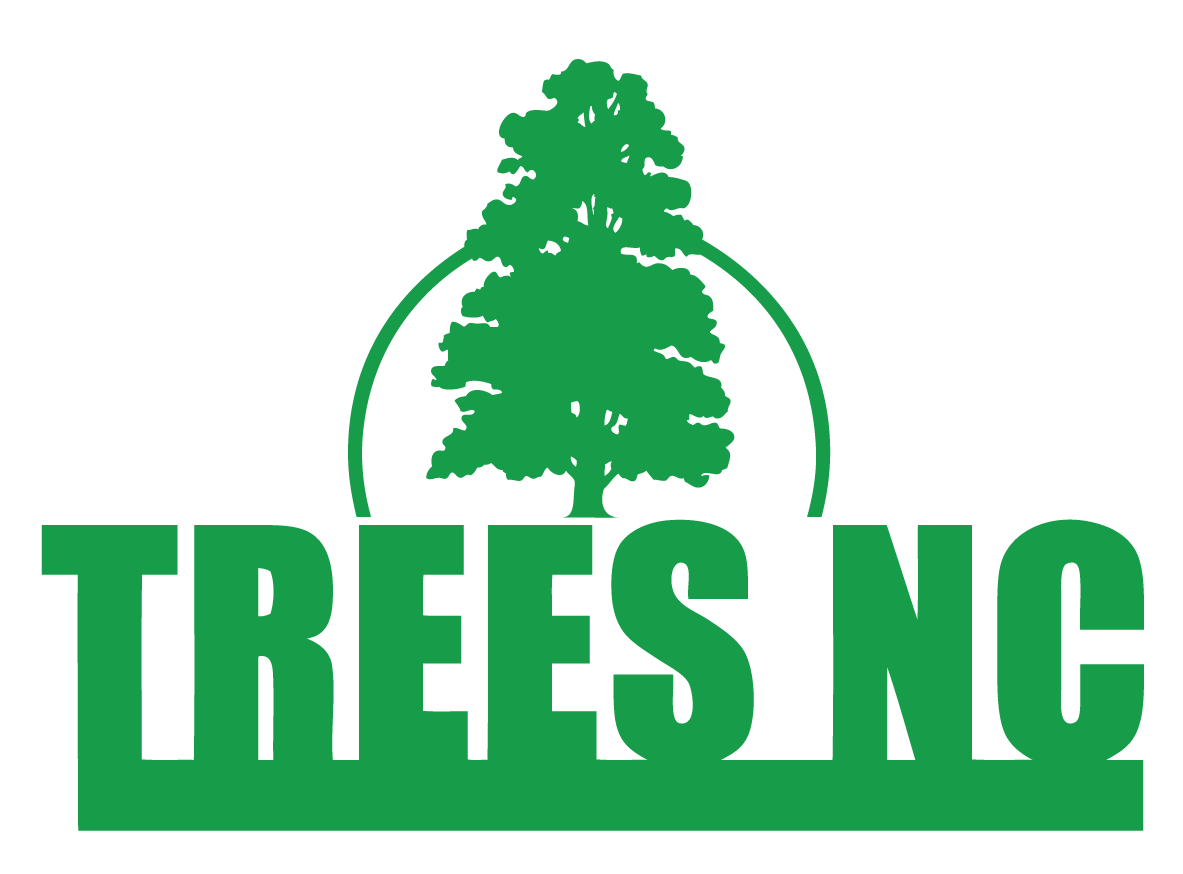Topping Trees Could Add More Damage to Limb Breakage
/Randolph County has an abundance of natural beauty, but I do not think I have ever seen so many topped trees. This practice is widely applied to crepe myrtles, but a lot of large trees in this area have been subjected as well. I understand that fear of ice storm damage is one reason that topping has become widely practiced. However, limbs growing from trees that have been topped may be more likely to break than the original branches due to weak points of attachment between new limbs and the branches from which they originate and to decaying wood. The cuts made during topping increase a tree's vulnerability to disease and insects, since so much of its inner tissue is exposed.
If you are concerned that a tree will break in a storm, "heading" and "thinning" cuts can be used to prune the tree so that it is smaller and has a less dense canopy and, thus, less wind resistance.
If you are interested in reducing the height or breadth of a tree, heading cuts can be used. A heading cut involves cutting the end of a branch back to just in front of the location where a secondary limb emerges. It should be cut back to a limb that has an angle of no more than 45 degrees from the part of the branch being removed and is at least, approximately, one-half as thick as the branch. Heading cuts are different from the cuts made when a tree is "topped" in that the cuts are made right in front of an emerging limb. The presence of this limb allows the tree's energy to be directed towards its growth rather than growth of a number of small limbs arising from dormant or latent buds.
Thinning cuts are made close to the trunk and serve the purpose of opening up the canopy, removing crossing limbs, and getting rid of dead, damaged, diseased, or weak limbs. When a thinning cut is made, the branch should not be removed flush with the trunk. Rather, the cut should be made outside of the bulge underneath the limb. This swelling is called the branch collar and is composed of bark from the trunk. Cutting outside of the branch collar helps the tree to heal and reduces the chance that it will have disease problems.
To avoid tearing bark from the tree, limbs larger than 1 inch thick can be cut off in three steps: First, cut halfway through the branch, starting from the bottom side, at a point one to two feet from the trunk or larger branch from which the limb originates. Then, make a cut on the top of the limb, about three inches past the first cut. The limb should break off as this second cut is made. Finally, make a smooth cut just outside the branch collar to remove the stub.
Heading cuts can be used to reduce the size of a tree, and thinning cuts can be used to reduce the density of the canopy, but if a tree is too large for its location (e.g., near a house or under a power line), you may want to consider replacing it with a tree that is naturally smaller.
The International Society of Arboriculture strongly discourages topping and has a bulletin [from which some of this information was taken] titled "Why Topping Hurts Trees." Publications on tree pruning and lists of tree that fit certain criteria (e.g., small size) are available on the N.C. Cooperative Extension website and through the Cooperative Extension office in Randolph County.









